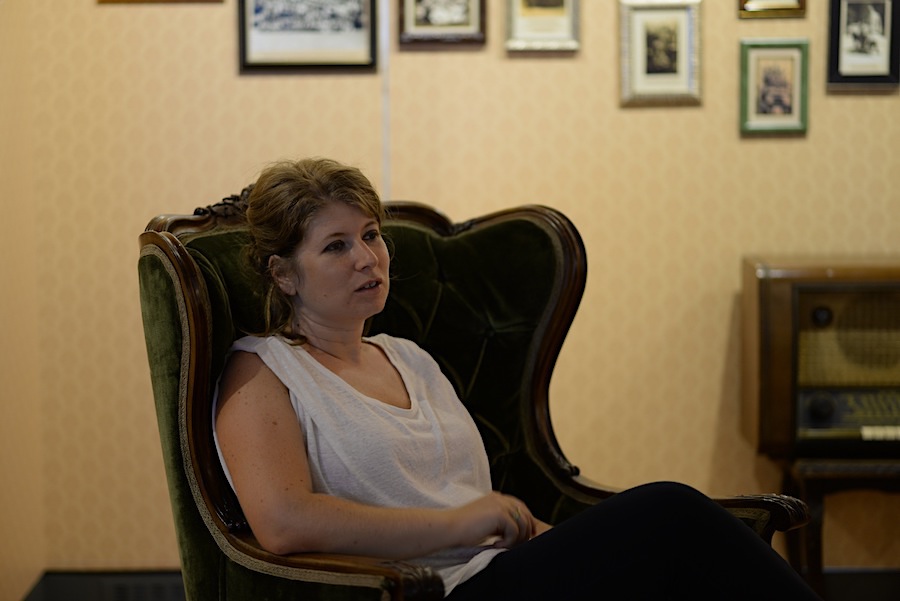
Crunchy matzah bread, Pesah fasting, the seven-branched menorah, bar mitzvah ceremonies and many other elements of Jewish culture have become an extension of my life through our Jewish friends, classmates and neighbors while I was growing up in Istanbul. Sometimes Ramadan and Pesah would coincide and I remember trying to convince my class mates to trade my Ramadan pide for Pesah matzah. They were not allowed to eat my pide (yeast bread) but I’d nibble on their unleavened bread. Jewish names of friends or neighbors on the door bells never sounded un-Turkish. Sometimes I’d feel some sort of an accent on their Turkish. Also, I’d hear a foreign language, which I thought to be Spanish in the streets of my neighborhood. Our country was supposed to be like our neighborhood. The world was like that, too, or so I thought. Much later, I was to appreciate the kind of life Istanbul has offered to us.
Covering Jewish culture on my blog was to mean more than writing about an aspect of Istanbul culture; it was also remembering and honoring an indispensable part of my childhood in Istanbul. Last year, the Quincentennial Foundation, which commemorates the 500th anniversary of Sephardic Jews’ making the Ottoman/Turkish land home, moved its museum to a new venue in Galata (2016). The revamp of the Quincentennial Foundation Museum of Turkish Jews was carried out by the architect Rivka Geron Schild, also a long-time dear friend. Finally, here was the great opportunity to talk about the museum, Jewish heritage in Istanbul, synagogue architecture and the city!
RIVKA AND ISTANBUL
1.Who is Rivka Geron Schild? How does she define herself and her relationship to the city?
I was born and raised in Istanbul. I am an architect and a researcher, who lives in this city. Like many people, my relationship to the city is defined by my experience in the city. I enjoy experiencing the city through walking. I grew up in Nişantaşı and Osmanbey; and I went to university in Harbiye and Taksim. Therefore, I was lucky enough to go about a greater part of my daily life on foot in the heart of Istanbul for a long time.
Going around on foot, I believe, make the destination a part of your urban experience and identity. Today, such a bond between buildings and the urban texture has loosened. Not only that, the more drastically the external circumstances we experience alter, the more this organic bond and the collective memory weaken, especially if the transformation takes place so rapidly. And of course, it would be wrong to assume that this process of change is exclusive to Istanbul. This is so throughout the modern world.
What I have mentioned above is to do with getting to know the city and how we conceive of it, therefore the difficulty of defining holistically the city, which one feels connected to. Another issue is what constitutes an ever-expanding city- which in turn leaves me at a loss in trying to define the ‘whole’ nowadays. As long as housing is viewed as a form of investment rather than as a means of accommodation, this is unlikely to change any time soon.
@Rivka Geron Schild
2. How would you like to contribute to the city’s today and tomorrow in terms of architecture?
Where I work as an architect -be it here or elsewhere- does not necessarily make a difference in how I act on the project in hand. So no matter where you work, architecture is all about problem solving. It means offering solutions to a specific need. What I’d prefer doing is to create spaces that could solve these problems while enabling dwellers to bond with that given space.
This is sometimes possible even by attending to a detail. It is amazing if the user, while benefitting from that detail, realizes that the designer has recognized and incorporated that specific detail within the overall scheme. So “contribution to the city” ranges from this tiny detail to creating an iconic building, as articulated (quite) often. As architecture distances itself from the detail and focuses on the sheer existence of the building, it loses its raison d’étre for me. When the production process is complete, the motive becomes a critical determinant in the bonding of people with the final result.
3. In your PhD thesis, you argue that the early signs of urban transformation were manifested through the establishment of 6th municipal district – the proto-modern municipality- and the implementation of new regulations and that the demand for change, in fact, constituted a justification for economic growth. When the 19th-century cityscape is juxtaposed with that of the 21st century, which has risen through urban transformation plans, what similarities and differences could we expect to find in the picture?
When I started my PhD thesis in 2007, I intended to focus on the transformation of the city structure in the 21st century. I had already pondered the actors of this change and the way they organized in regard to city planning. A massive earthquake is imminent. Nevertheless, the methods or consequences of such an urban transformation had never been questioned. Also, the transformation had not influenced the lives of its inhabitants so profoundly back then.
On the other hand, I had decided that it would not be valid to address an issue while the process was still running and that the outcomes of an ongoing process could not have been considered scientific. I wanted to have an insight into how and why transformations during the earlier periods and the thresholds of change in the city structure had taken place. It was apparent that the change would not have been possible without resolving financial problems. I wanted to explore to what extent the need of change has become a justification for financial gain and how sincere the process actually was, and also to dissect the consequences of such a change.
In the end, I have concluded that, disregarding the difference in scale, maximum utility gain in quantity is the same and that the risks the city is facing have become the main argument for the change. The change that took place in the 19th century in response to fire disasters, seemed to have inevitably provoked a wave of speculations, fairly similar to the one today in response to the risks of an imminent earthquake. The practice of constructing wooden houses was being abandoned and there was a surge in the number of buildings comprised of apartments, each of which could be rented.
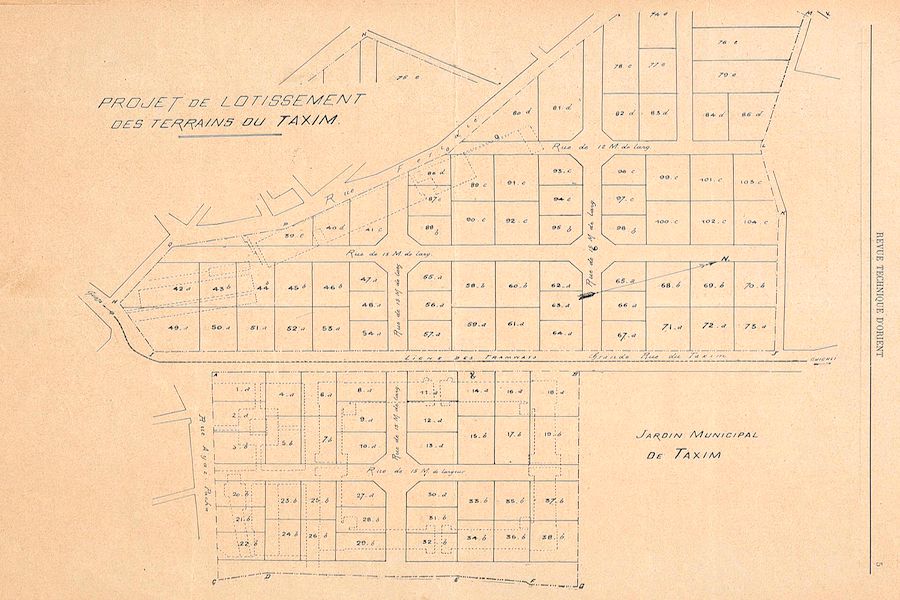
@Rivka Geron Schild
4. What kind of life has the modern urban planning of Istanbul carved out for its residents? How different is it from traditional urban life model?
It has been a restless and anxious life, for sure! Everybody is engaged in an ongoing conversation about “real-estate”. The society is almost comprised of anxious tenants worried about being evicted or those struggling to purchase property; landlords concerned about the urban transformation taking place in the city and investors who plan to sell their houses for profit.
Considering that they will make more money out of money, many people turn to real-estate and ignore production. And the end result? The belief in hard work and producing something is diminishing. Making money out of money becomes more attractive. Housing becomes merely a means of investment. Thus, practically uninhabitable volumes are being calculated in square meters and sold off for outrageous prices.
The present/current system is not working as organically as it used to do in traditional urban planning. It expands not slowly through demand, but rather through cruel and dissatisfied impulses. As a result of the earthquake safety laws that facilitate new constructions in favor of contractors, it is quite susceptible to abuse. For some, it is now essential to make way for the so-called leading sector, construction.
5. Who would you say is the Republican period Turkish architect to have contributed the most to Istanbul?
One architect would be Turgut Cansever (1921-2009). He designed Büyükada Anadolu Club in Istanbul (1952), the Turkish History Foundation in Ankara (1967) and many other buildings. In his works, the coherence of structure, material and volume is the result of subtle mathematics. He has a significant place in Turkish Architecture in terms of critical regionalism. We can explain the concept as a tendency to reflect locality on the place not through form, but rather through material and structure. Which is a crucial approach to the evolution of architecture without being stuck in form. Additionally, from the perspective of a user, I can confidently say that spaces he created are uncluttered and peaceful.
BÜYÜKADA ANADOLU CLUB
THE QUINCENTENNIAL FOUNDATION MUSEUM OF TURKISH JEWS
6. What was the aim of the Quincentennial Foundation Museum of Turkish Jews when it was founded? Do you think it has been successful in achieving its aims?
According to its mission statement, the museum aims to gather, protect, share and interpret data about Jewish cultural heritage in Turkey. In short, it presents the life of Turkey’s Jews today and the story of their past. I believe it is quite successful in meeting its goals. Now that the opportunities have been improved since it moved to its new venue, the museum has made itself more visible on the international platforms; its voice is even louder.
7. What kind of venue was chosen to serve this purpose? What is the reason for the museum’s move from Zülfaris Synagogue to Neve Shalom complex? What has the new venue enabled you to do?
The first venue for the museum was Zülfaris Synagogue (1992). Zülf-ü Aris translates as bride’s fringe. I feel the very building itself which had once been frequented by Istanbul Jews was also a part of the museum. I am not competent enough to talk about the reasons for picking this place in the first place but I still think that the building, which had been no longer used as a worshipping place, was well suited to its new purpose and that was indeed a good decision for the time. The attributed function made it visible and helped it stand the test of time. I hope new functional uses will give it a new life as soon as possible.
I got in charge of the project right after the decision to move had been made. Zülfaris needed renovation but it certainly lacked the infrastructure necessary for a museum building. In the first place, it was not suitable for the use of the elderly and the disabled. The infrastructure for the electricity was inadequate for the digital interface panels we were planning to embed in the new museum. And, of course we needed a sizeable budget to realize this project in earnest.
On the other hand, Neve Shalom Synagogue has been an important stop for those who wanted to get to know more about the Jewish heritage in Istanbul. Thus, the unutilized venue next to the synagogue seemed like a promising candidate for the new museum. When I became in charge of the project in 2011, we first conducted field research to see if it was feasible to be a museum at all. In addition, we worked on linking the museum and the (active) synagogue itself, focused on the entrance and exit (security being a top priority for obvious reasons) and the walking route. In the end, moving to another venue seemed to be a reasonable decision.
So, once the original venue, which had been built for the purpose of a primary school, had been redeveloped in line with the main principles of museology, we created a museum space, which provides access for the disabled and also features digital interface panels that contain a considerable amount information to be displayed. An archive storage for a great amount of artifacts and documents was formed.
8. What do you think is the message or the feeling to be conveyed?
The urge was to tell the story of Turkey’s Jews and their past. I believe another thing to be highlighted is that they have always kept abreast of developments in every aspect of life in their country, Turkey- be it military service, sports, cuisine, the press, music, urban culture and so on.
9. Under what titles can we categorize the collection displayed at the museum?
3 main titles: The Jewish history dating from the pre-Spanish expulsion until today within the borders of modern Turkey; Judaica and ethnography; Jewish culture, traditions and festivals.
10. How did the process proceed while documents and objects from the archive were eliminated? What methods did you prefer using while displaying them?
Before starting the project, we had a thorough look at the entire archive. Considering the list of archive we have to hand and possible artifacts and documents to be donated in the future, we tried to be flexible with the planning of the museum. While we were updating the finalized inventory, the walking route for visitors and display chronology took shape. Thus, the history section with a chronological flow of its own, scenes that exemplify thresholds of the life cycle in Judaism, traditions and festivals, and daily life sections which feature Jewish settlements in Istanbul such as Balat, Kuzguncuk etc. were created. In every section, supportive digital interface panels, which the visitors can interact with, were highlighted. Enabling the public to relate to the story was of utmost importance for us.
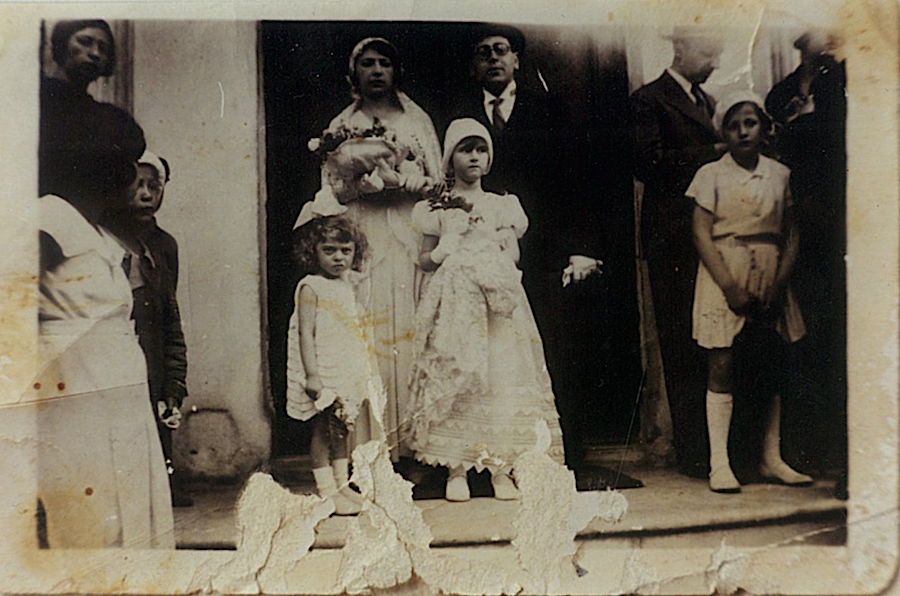
@Rivka Geron Schild
11. How do you feel about being in charge of a museum project commissioned by the Jewish society, of which you are a member? Which artifact or corner is of special importance to you?
The project was commissioned by an institution of the Jewish society in Turkey. However, the museum was not meant for the Jewish society itself. So, it cannot be regarded as a “community museum”. This is an important nuance! Apart from the thrill a museum project brings along, it is true that I am excited about getting involved in a project for an institution of my society. On top of that, my primary school was at the same complex that was converted into the museum, and most of the artifacts on display (except for the Judaica that we expect to find at a worshipping place) could well be found in an ordinary Jewish household. Therefore, both the building and the artifacts are very familiar!
The most special section is the one that includes recipes, interviews, and details of predominantly Jewish neighbourhoods and their evolution. It contains so many aspects of my personal life and of things that are likely to disappear.
12. To what extent, can a museum represent any culture? What kind of picture do we have at hand compared with other Jewish museums in the world?
Museums are founded so that in the event of some sort of sliding in spatial and chronological order what is not available today can be transmitted to a contemporary and future audience. (and they display artifacts that are long gone or that are not in the place they originally were) They enrich and evolve through the data and artifacts collected, sometimes leading to rereading and interpreting history. Therefore, a museum could represent a culture to the extent that it has restructured the collected data and their context accurately.
In my opinion, the structure of this museum is successful in that sense. In addition, I could also say that the vibrancy of the Jewish society and its unique identity karma on this land have been communicated as successfully as some of the more dark moments in history. (Vibrancy in the sense of festive air, festival rituals, humor, and achievement as a natural result of being a citizen in every aspect of life in Turkey- that is prizes, and hybrid compositions etc.) Such vibrancy owes a lot to the fact that the museum belongs to a still-existing minority as well as its successful presentation of Jewish folklore. It is quite noteworthy that it belongs to a still-existing minority, which distinguishes it from the rest of the Jewish museums around the world. The very fact that a visitor may peek in on a ceremony at the synagogue, and that the museum itself is a part of the cultural center is all possible thanks to this still-existing minority.
TO BE CONTINUED…
Tags: Jewish culture Jewish heritage museum synagogue urban transformation

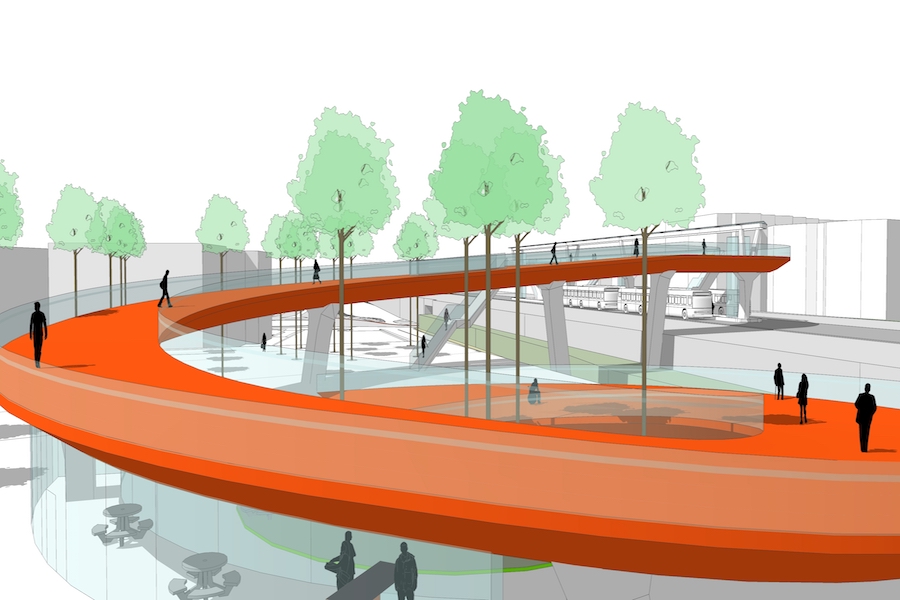
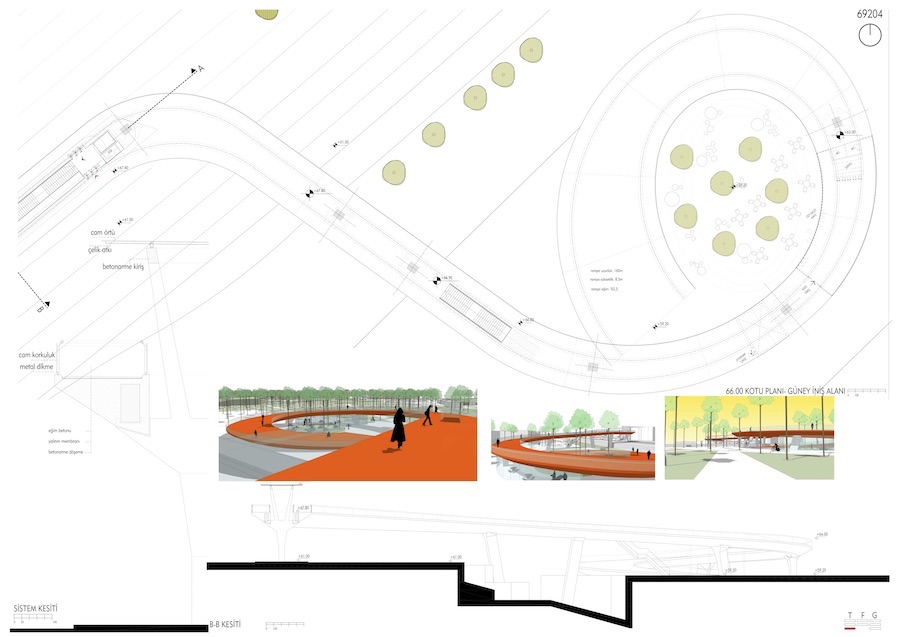
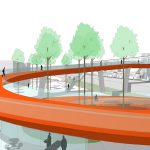
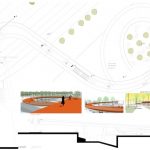
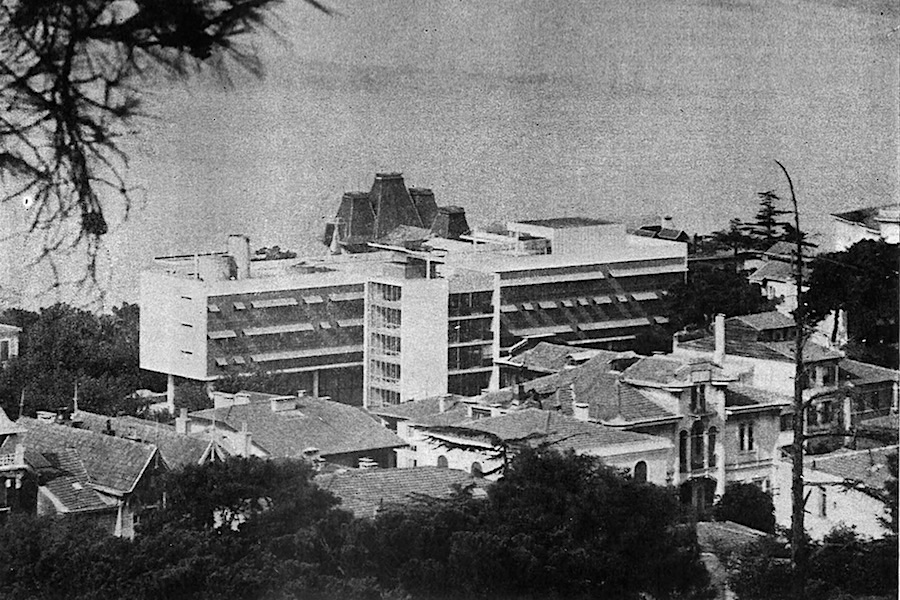
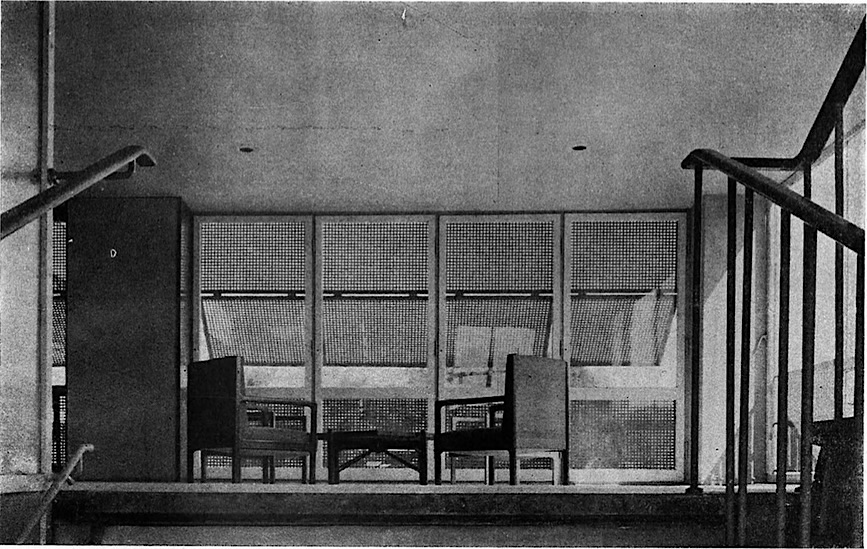
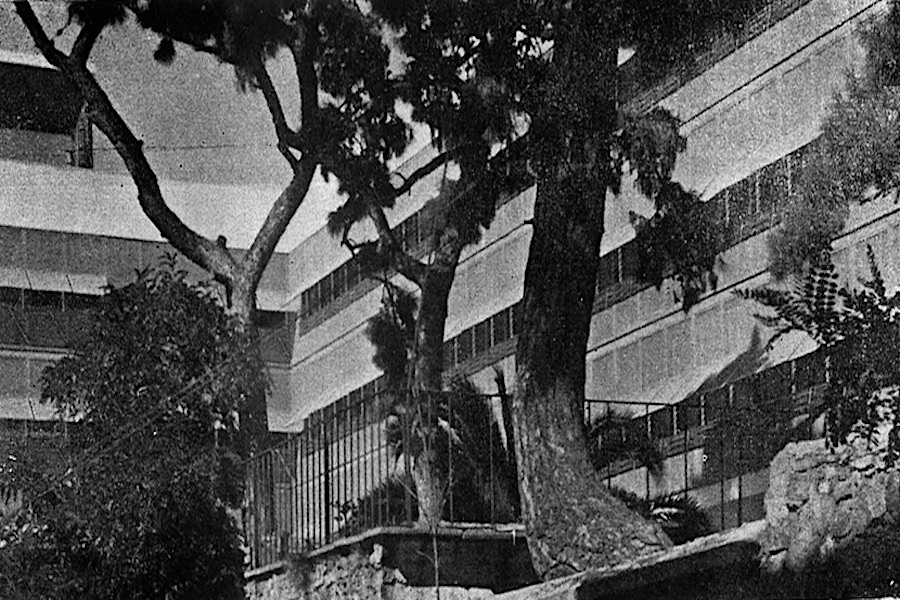
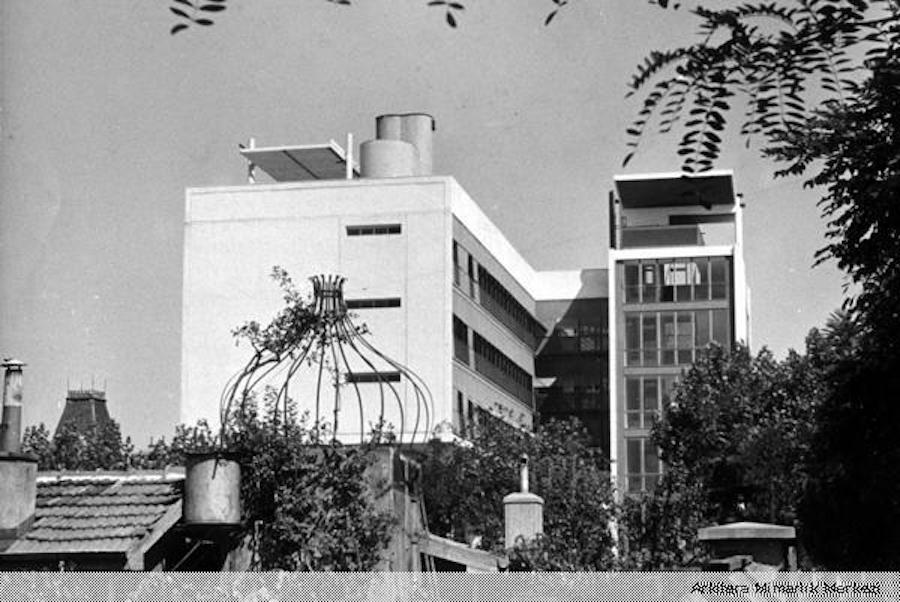
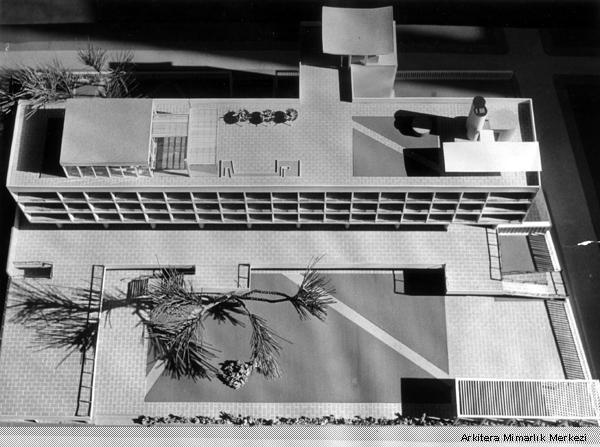
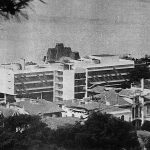
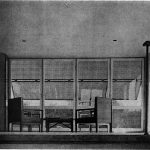
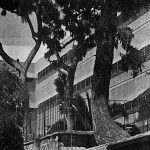
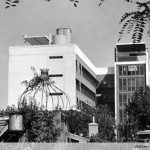
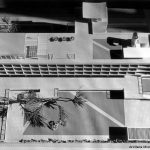
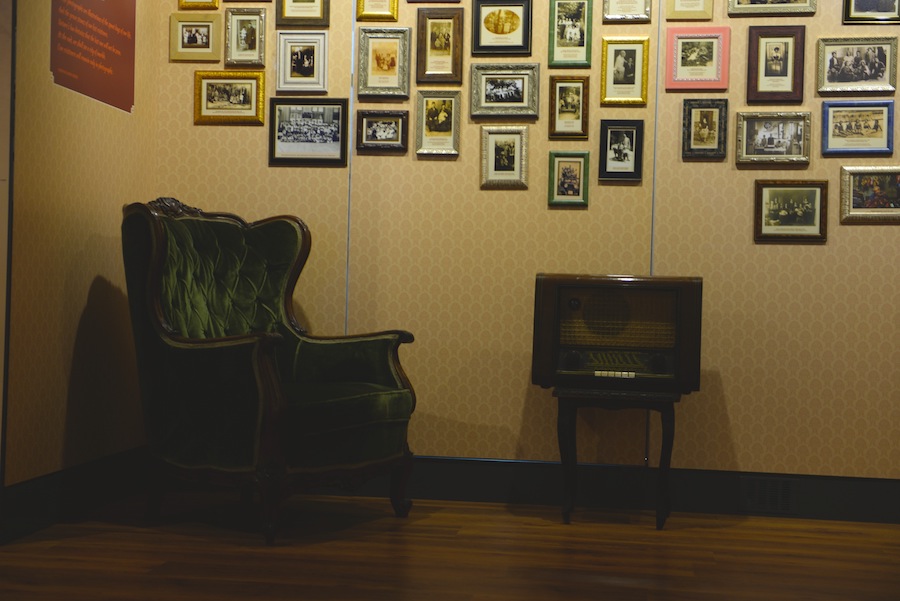
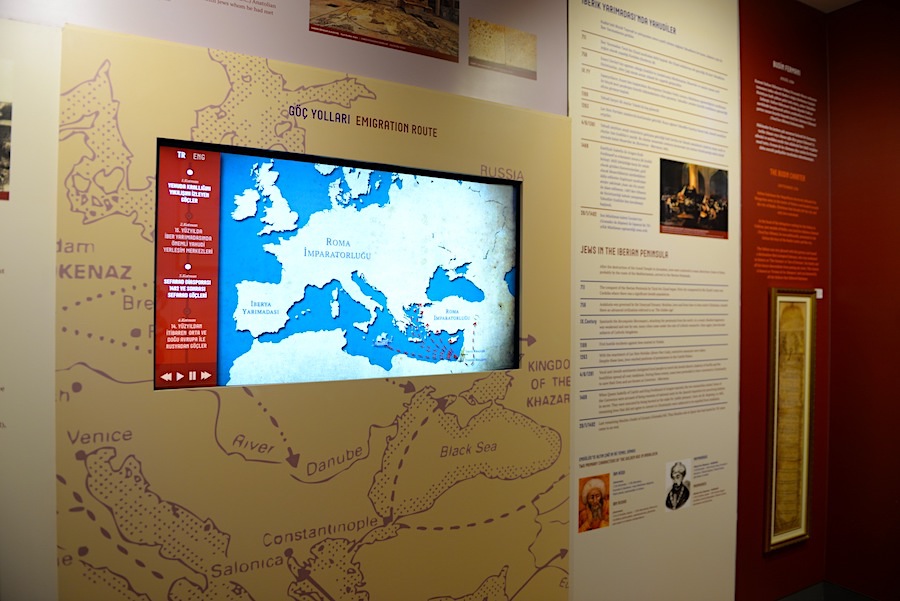
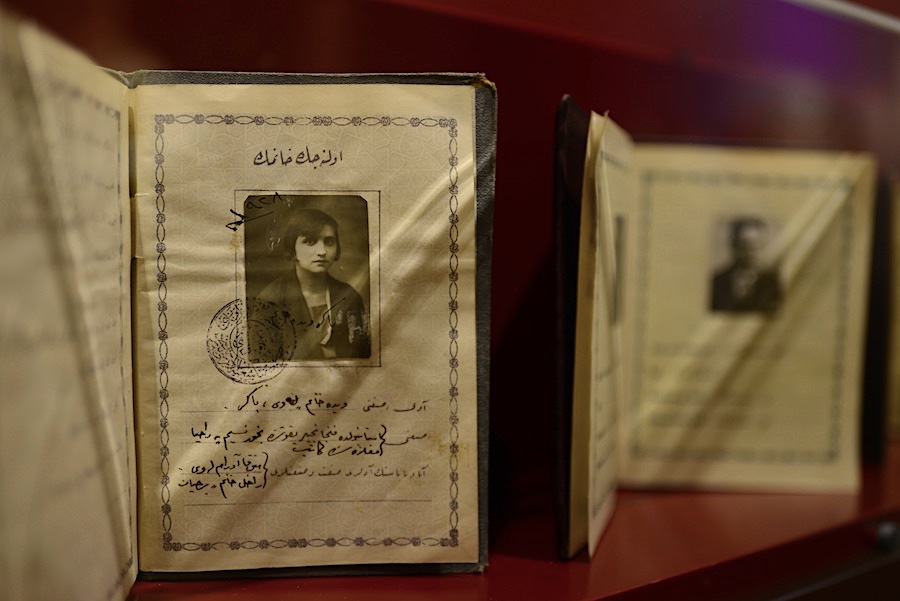
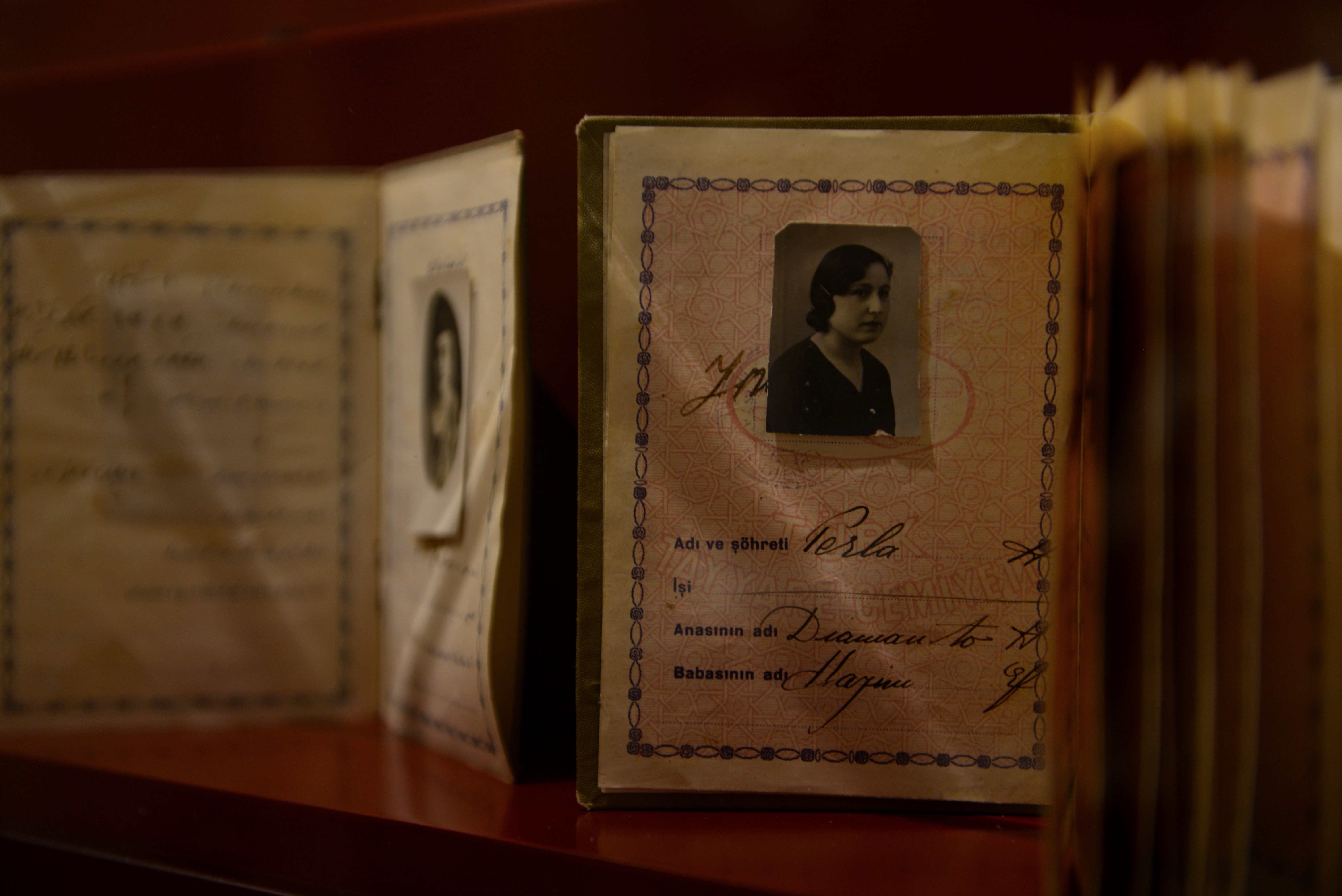
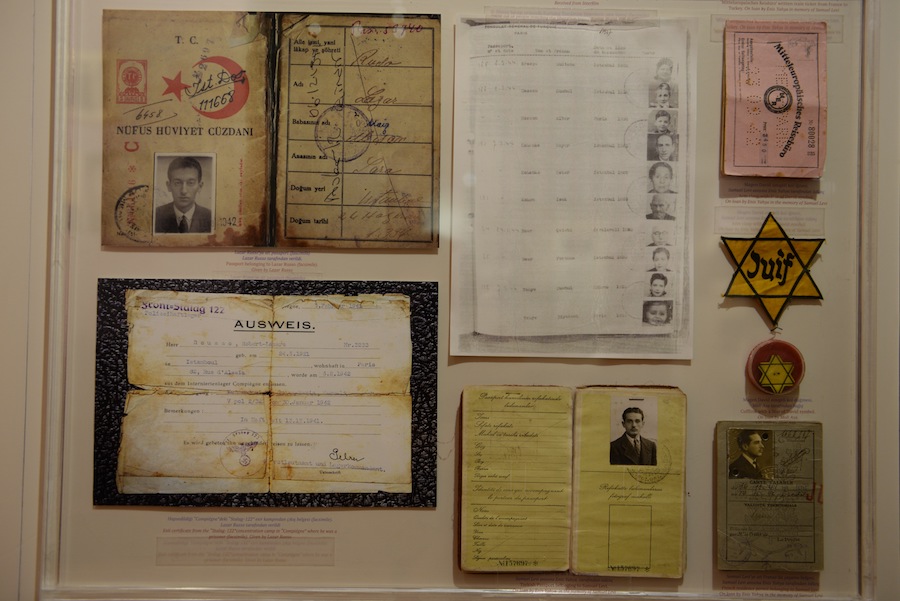
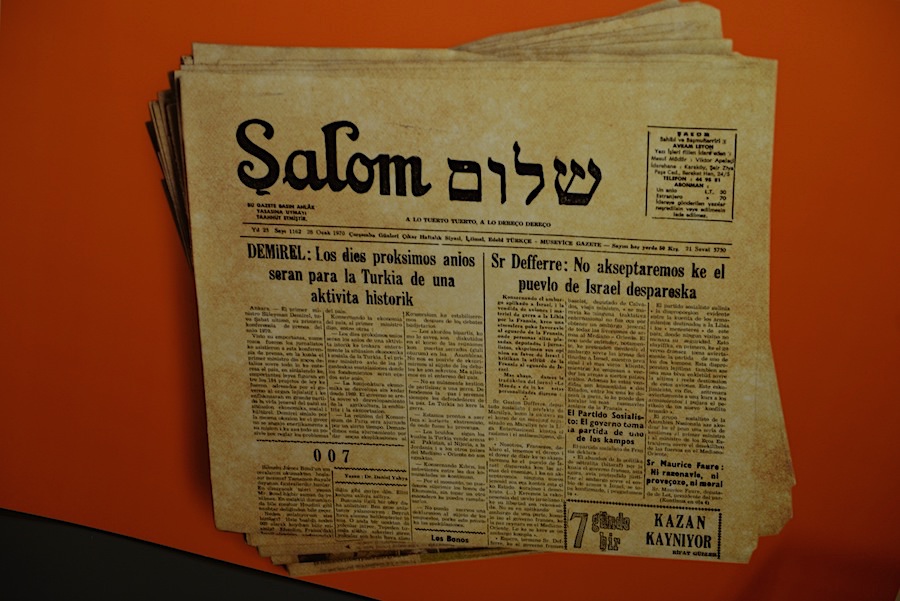
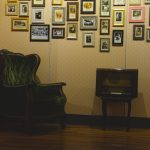
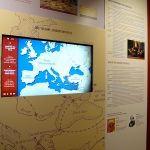
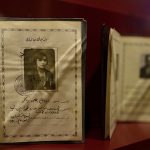
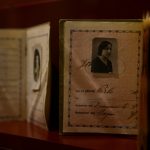
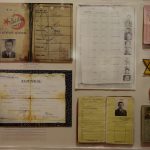
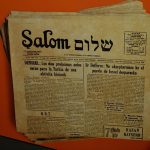
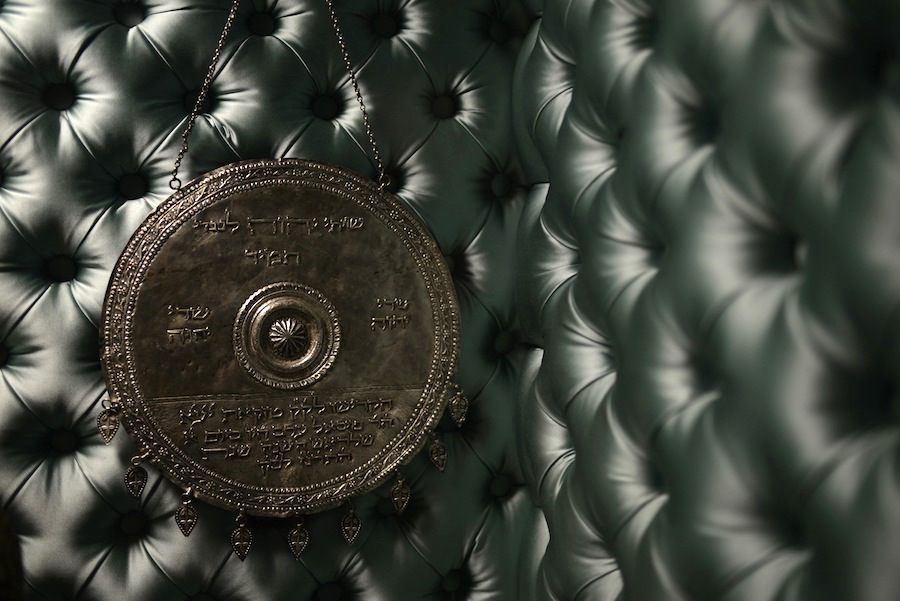
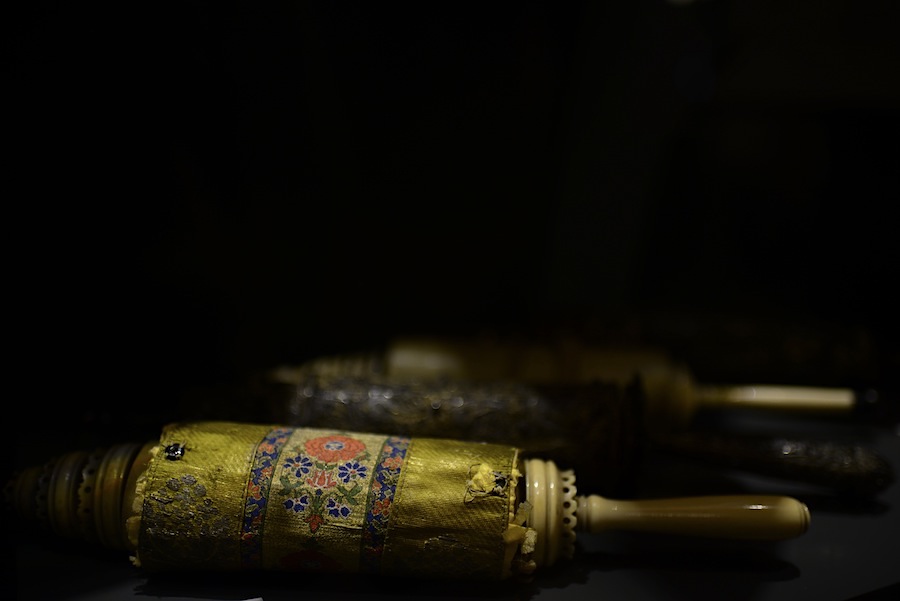
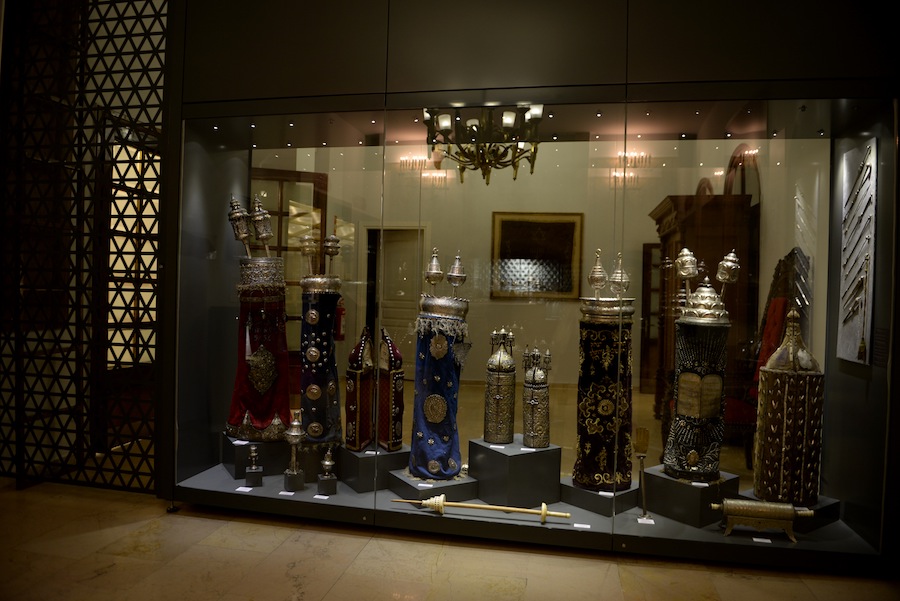
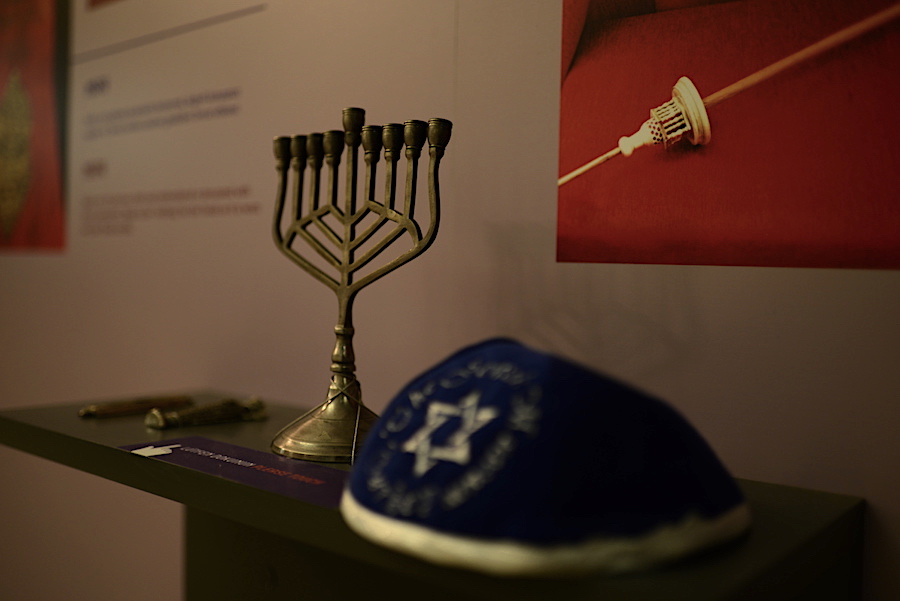
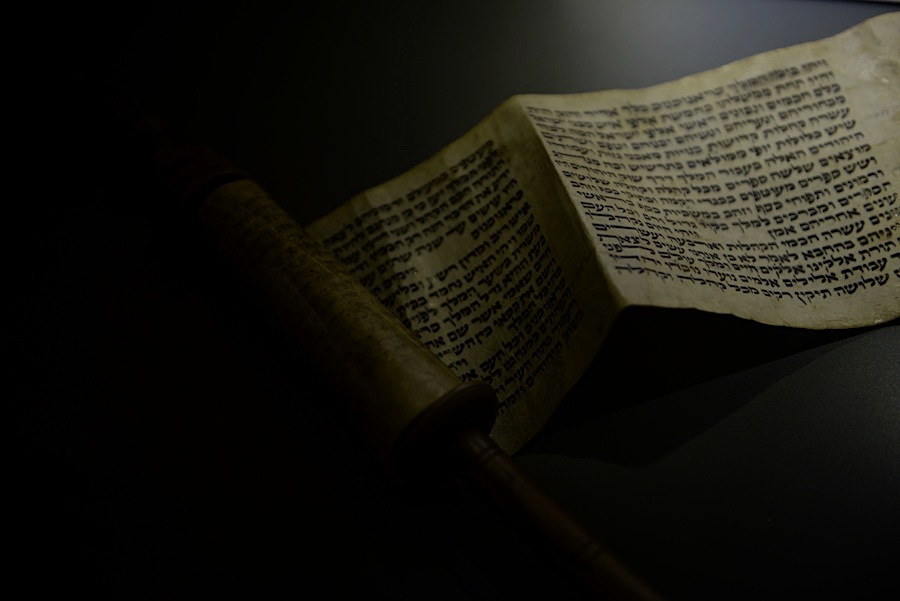
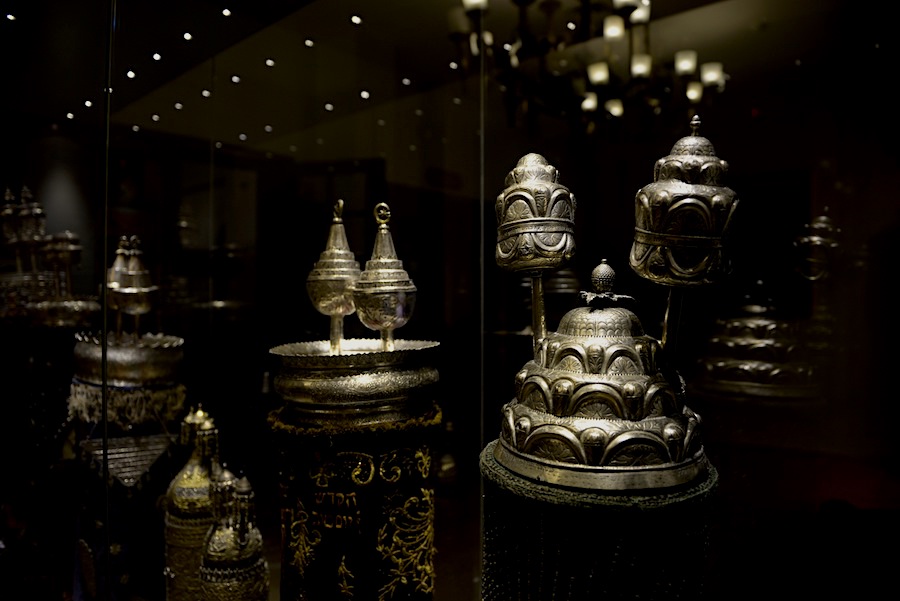
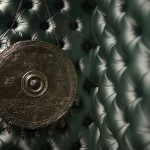
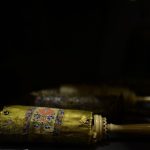
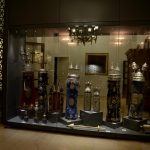
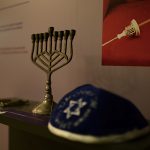
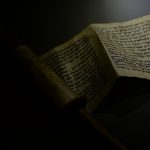
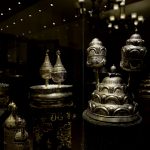
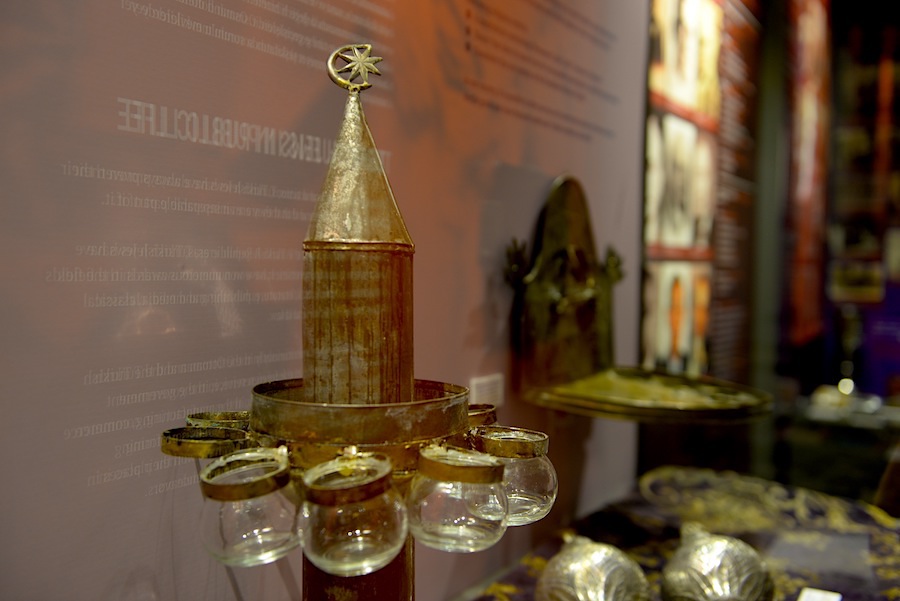
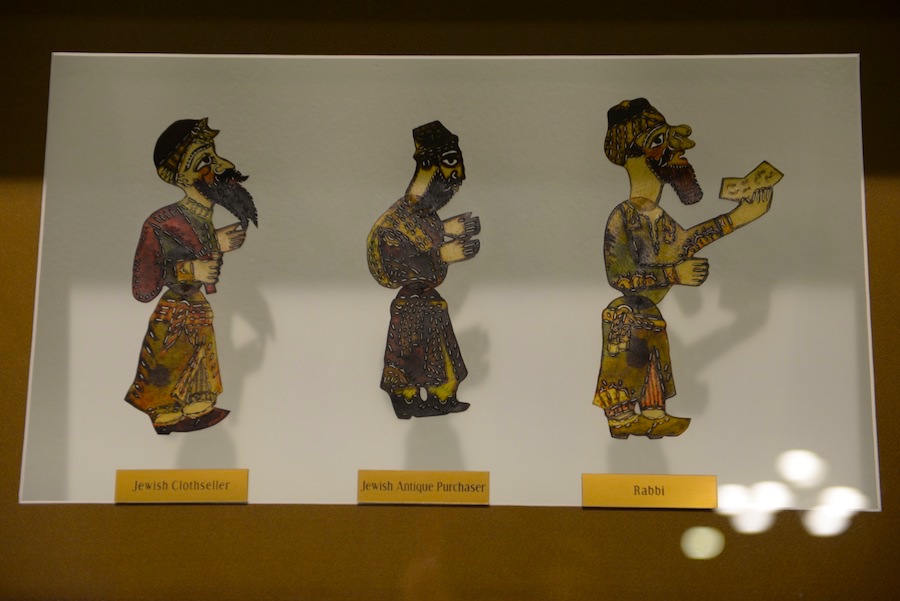
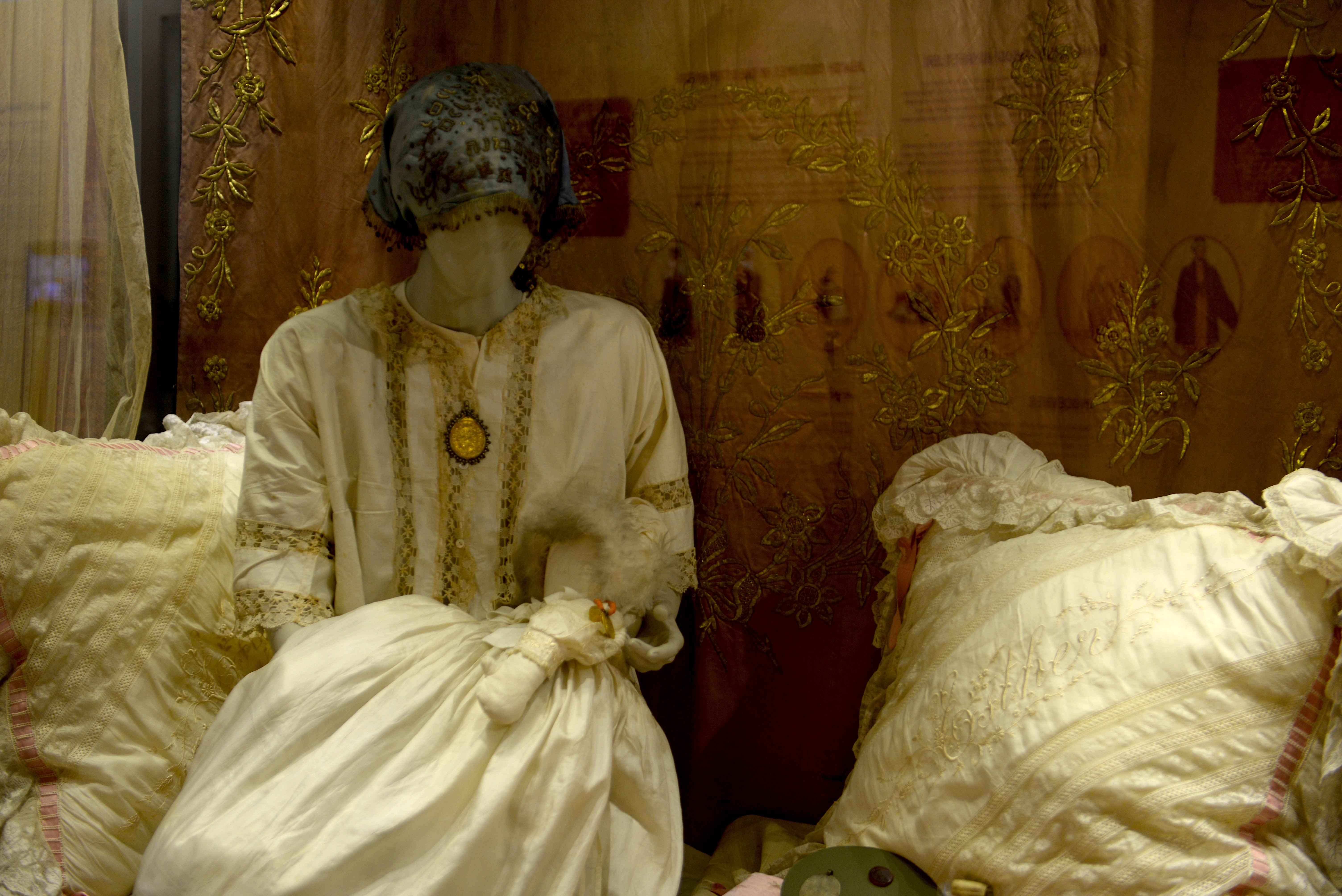
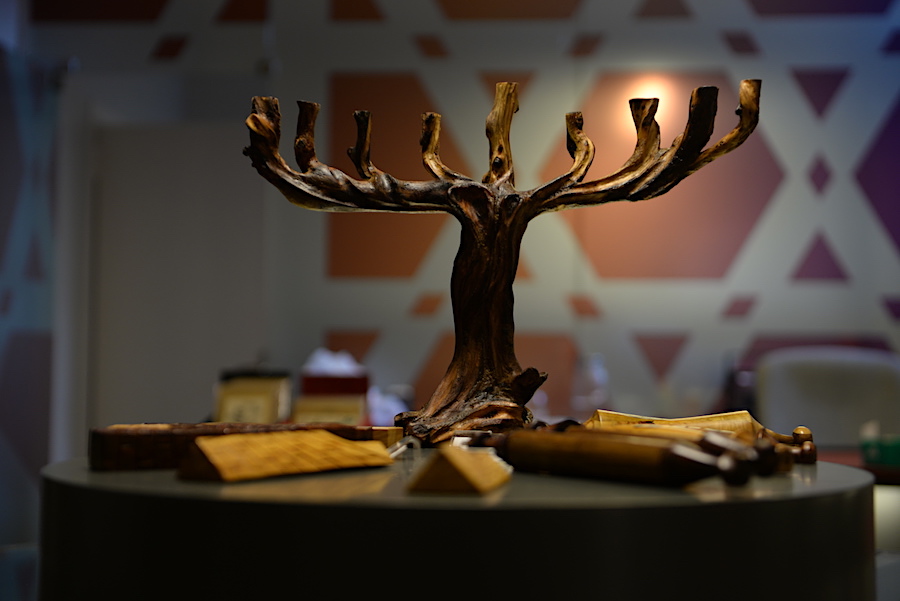
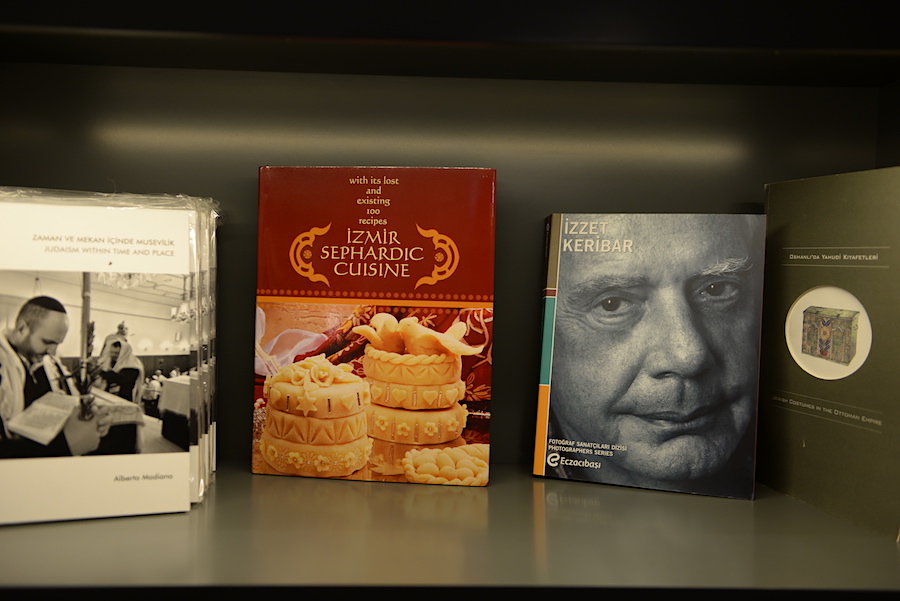
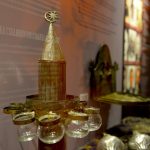
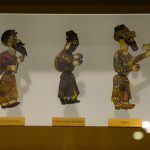
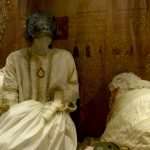
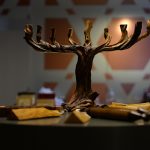











1 Comment
Can’t wait to visit the museum on my next visit to Istanbul!